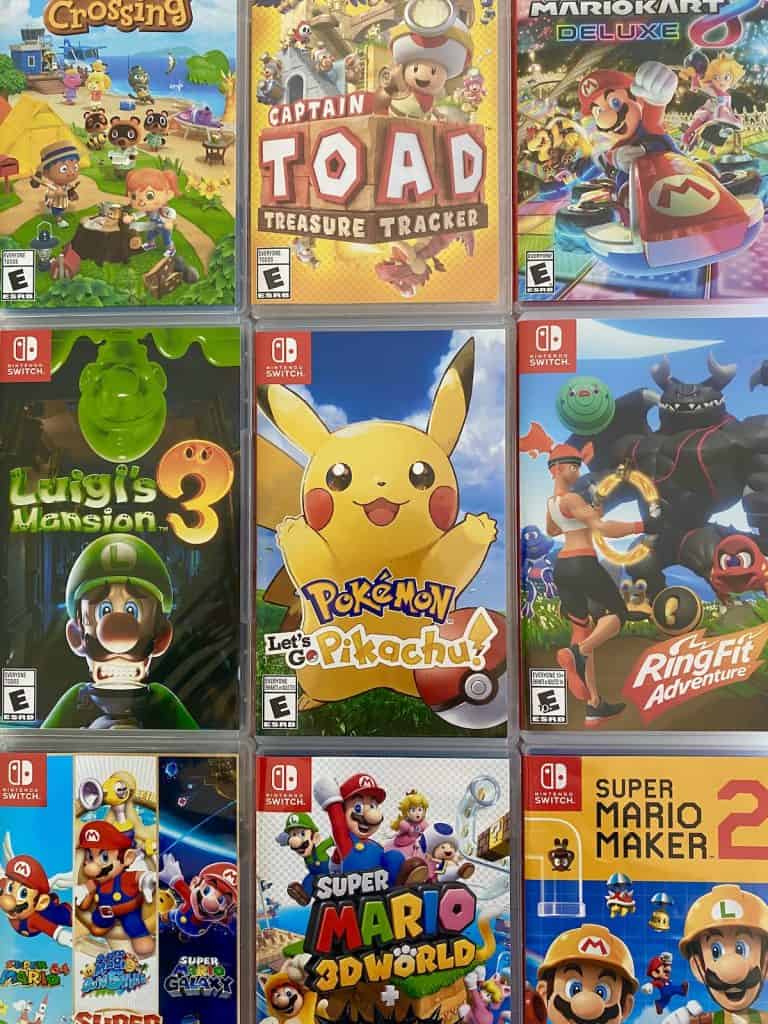Topic aztec games: Explore the fascinating world of Aztec games, a testament to the rich cultural heritage and profound spiritual beliefs of an ancient civilization that continues to captivate the imagination.
Table of Content
- Aztec Ball Game: Ullamaliztli
- Religious and Social Significance
- Legacy
- Religious and Social Significance
- Legacy
- Legacy
- Introduction to Aztec Civilization and its Sporting Culture
- Where can I find information about traditional Aztec games and their history?
- YOUTUBE: The ancient Mayan sport making a comeback BBC REEL
- Overview of Aztec Games
- The Significance of Ullamaliztli: The Aztec Ball Game
- Patolli: A Game of Strategy and Chance
- Religious and Social Context of Aztec Games
- Educational and Community Roles of Games in Aztec Society
- Archaeological Evidence and Historical Accounts
- Modern Legacy and Revival of Aztec Games
- Comparative Analysis with Other Ancient Civilizations\" Games
- Conclusion: The Lasting Impact of Aztec Games on Culture and Society
Aztec Ball Game: Ullamaliztli
The most famous of all Aztec games was Ullamaliztli, played on a Tlachtli court. This game, sometimes referred to as Tlachtli, was highly significant, blending physical skill with religious symbolism. The courts were among the first constructions of a new settlement, highlighting the game\"s importance. It was not merely a sport but a ritual that mirrored the Aztec worldview, involving a heavy rubber ball and teams trying to pass the ball through stone rings mounted high on the court walls without using their hands.
Patolli
Another popular game among the Aztecs was Patolli, a board game that was enjoyed by both nobles and commoners. This game was played on a mat with a cross-shaped board, divided into squares. Players would bet precious items and use beans with marked sides as dice to determine their moves on the board, reflecting the game\"s integration with Aztec beliefs in fate and fortune.
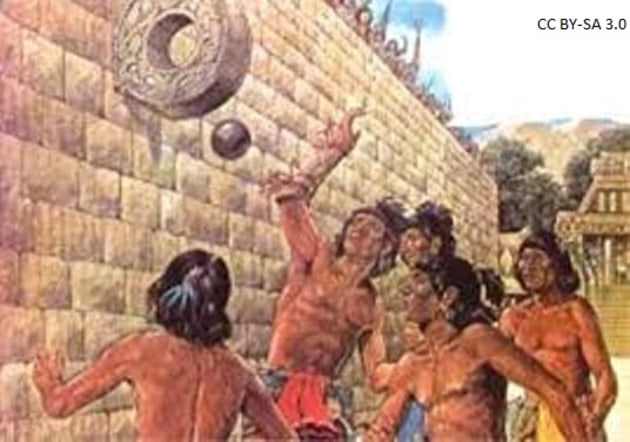
READ MORE:
Religious and Social Significance
These games were more than mere pastimes. They held deep religious and social significance, with the outcomes of matches often interpreted as omens or messages from the gods. The ball game, in particular, was associated with the mythological battle between day and night, and sometimes even with human sacrifice, underscoring the belief in the cyclical nature of life and death.
Games as Cultural Expressions
- Strategy and Luck: Aztec games often combined elements of strategy and luck, reflecting the complex Aztec understanding of the interplay between human agency and divine will.
- Education and Training: Games also served educational purposes, teaching values such as teamwork, strategy, and respect for opponents.
- Community and Celebration: Beyond their religious and educational roles, games were central to Aztec community life, providing opportunities for socialization, celebration, and the reinforcement of social bonds.
Legacy
The legacy of Aztec games continues to be felt today, not only in Mexico but around the world, as these ancient practices offer insight into the rich cultural tapestry of the Aztec civilization. Their games remind us of the universal human passion for play, competition, and the search for meaning through sport and leisure.

Religious and Social Significance
These games were more than mere pastimes. They held deep religious and social significance, with the outcomes of matches often interpreted as omens or messages from the gods. The ball game, in particular, was associated with the mythological battle between day and night, and sometimes even with human sacrifice, underscoring the belief in the cyclical nature of life and death.
Games as Cultural Expressions
- Strategy and Luck: Aztec games often combined elements of strategy and luck, reflecting the complex Aztec understanding of the interplay between human agency and divine will.
- Education and Training: Games also served educational purposes, teaching values such as teamwork, strategy, and respect for opponents.
- Community and Celebration: Beyond their religious and educational roles, games were central to Aztec community life, providing opportunities for socialization, celebration, and the reinforcement of social bonds.

Legacy
The legacy of Aztec games continues to be felt today, not only in Mexico but around the world, as these ancient practices offer insight into the rich cultural tapestry of the Aztec civilization. Their games remind us of the universal human passion for play, competition, and the search for meaning through sport and leisure.

_HOOK_
Legacy
The legacy of Aztec games continues to be felt today, not only in Mexico but around the world, as these ancient practices offer insight into the rich cultural tapestry of the Aztec civilization. Their games remind us of the universal human passion for play, competition, and the search for meaning through sport and leisure.
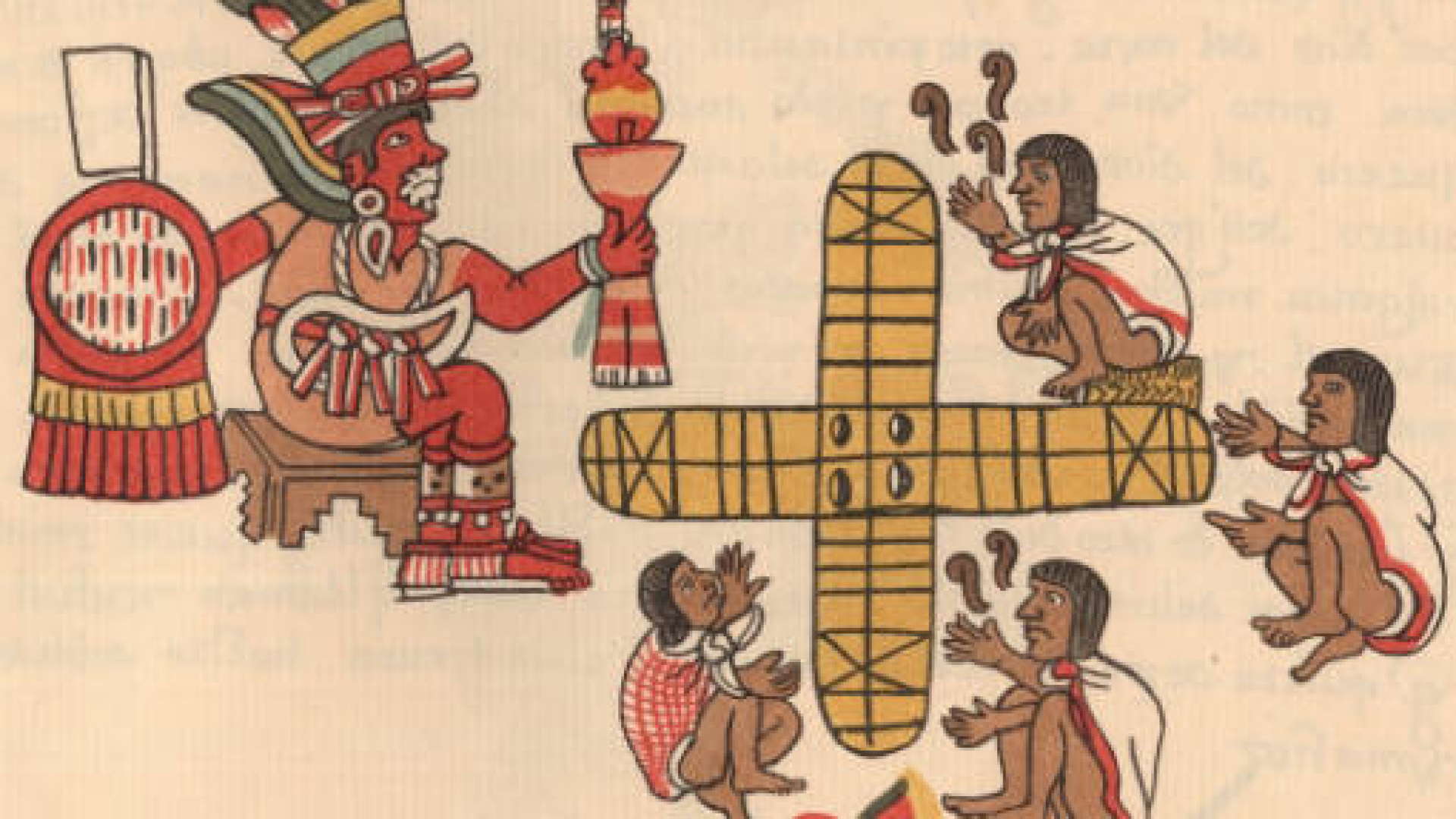
Introduction to Aztec Civilization and its Sporting Culture
The Aztec Empire, flourishing in central Mexico from the 14th to the 16th century, was a civilization of remarkable complexity and sophistication. Known for their monumental architecture, advanced mathematics, and astronomical knowledge, the Aztecs also had a rich cultural and spiritual life that was intricately linked to their love for games and sports.
Sporting activities were not only forms of entertainment but also held deep religious and societal significance. These games were a way to honor the gods, teach societal values, and even resolve conflicts. The Aztec civilization believed that such activities were essential to maintaining the balance of the world and ensuring the favor of the gods.
- Ullamaliztli: The ritual ball game that symbolized the cosmic battle between day and night, good and evil.
- Patolli: A board game of luck and strategy, reflecting the Aztecs\" belief in fate and the supernatural.
- Tlachtli: A precursor to modern basketball and soccer, showcasing the Aztecs\" physical prowess and competitive spirit.
These games were more than mere pastimes; they were integral to Aztec education, military training, and religious ceremonies. By participating in these activities, Aztecs believed they were ensuring the continuity of the world and the favor of their gods. The sporting culture of the Aztecs offers a unique window into their worldview, societal norms, and the importance they placed on physical and spiritual well-being.
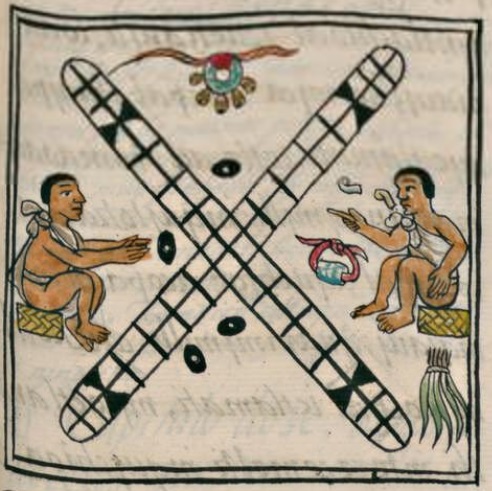
Where can I find information about traditional Aztec games and their history?
To find information about traditional Aztec games and their history, you can follow these steps:
- Start by visiting reputable websites related to the Aztec culture and history, such as museum websites, educational institutions, or historical archives.
- Look for online resources specific to Aztec games, such as articles, academic papers, or books that delve into the topic.
- Explore virtual libraries or databases that focus on Mesoamerican history, which may have detailed information on traditional Aztec games.
- Consider visiting physical museums or cultural centers with exhibits dedicated to Aztec civilization, as they often provide valuable insights into Aztec games and sports.
- Engage with scholars or experts in the field of Mesoamerican studies, as they can offer in-depth knowledge and resources on traditional Aztec games.
The ancient Mayan sport making a comeback BBC REEL
Resurgence: \"Embark on a journey of hope and determination as you witness the extraordinary resurgence of a once-forgotten community. Be inspired by their resilience and triumph in the face of adversity.\" Sacrifice: \"Experience a heartwarming tale of courage and selflessness as individuals make unimaginable sacrifices for the greater good. This emotional journey will demonstrate the true power of love and sacrifice.\"
The Aztec Ballgame where the Losers were Sacrificed
Signup for your FREE trial to The Great Courses Plus here: http://ow.ly/Zy5U30rzWi6 Whichever form the ballgame best served the ...
Overview of Aztec Games
Aztec society was rich with a variety of games and sports, each serving distinct purposes ranging from religious ceremonies to entertainment and physical training. These games were deeply embedded in Aztec culture, reflecting the values, beliefs, and cosmology of this ancient civilization.
- Ullamaliztli: Perhaps the most well-known Aztec game, Ullamaliztli was played with a rubber ball in a specialized court known as a Tlachtli. The game had deep religious significance, symbolizing the movement of celestial bodies and the eternal struggle between the forces of light and darkness.
- Patolli: This board game was popular among Aztecs of all social classes. Played with beans or stones on a cross-shaped board, Patolli combined elements of strategy and chance, and was often accompanied by heavy gambling.
- Tlachtli: Often confused with Ullamaliztli, Tlachtli was also a ball game but played in a different manner and setting, focusing more on the physical prowess of participants.
- Archery and Atlatl: While not games in the modern sense, archery and the use of the atlatl (a spear-throwing device) were competitive activities that helped train warriors and were often turned into contests.
These games were not only forms of leisure but also served as vital components of Aztec religious, educational, and social life. Through participation in games, Aztecs honed their physical skills, engaged with their community, and expressed their deeply held spiritual beliefs. The legacy of these games offers invaluable insights into the complexities of Aztec society and its enduring influence on Mexican culture.

The Significance of Ullamaliztli: The Aztec Ball Game
Ullamaliztli, the Aztec ball game, was not merely a sport but a profound cultural and religious ritual that held significant importance in Aztec society. Played on a I-shaped court known as a Tlachtli, this game symbolized the cosmic battle between day and night, reflecting the Aztec belief in the duality of the universe.
- Cosmic Significance: The movement of the heavy rubber ball represented celestial bodies, such as the sun, moving across the sky. The game was a reenactment of the mythological struggle between the forces of good and evil, with the outcome seen as an omen of future events.
- Social and Religious Roles: Ullamaliztli served as a means to appease the gods, particularly the rain god Tlaloc and the sun god Huitzilopochtli. It was believed that playing the game could bring rain, ensure a bountiful harvest, and maintain cosmic balance.
- Ritualistic Elements: The game was often accompanied by rituals, including sacrifices, to honor the gods. The players, considered warriors, were highly esteemed and the game underscored the connection between sport and warfare in Aztec culture.
- Architectural Marvel: The Tlachtli courts were architectural marvels, built with precise alignments to celestial events. These structures were not only venues for the game but also sacred spaces where the community gathered to witness the symbolic contest between opposing forces.
The significance of Ullamaliztli extended beyond the physical confines of the Tlachtli court, permeating Aztec religion, society, and cosmology. This game was a key element in the social fabric of the Aztec world, intertwining physical skill, spiritual beliefs, and communal identity in a spectacle that continues to fascinate scholars and enthusiasts alike.

_HOOK_
Patolli: A Game of Strategy and Chance
Patolli was among the most popular and enduring games played by the Aztecs, a testament to its captivating blend of strategy and luck. This board game, enjoyed by both nobles and commoners, was not just a pastime but also a significant element of Aztec culture, imbued with deep religious and societal implications.
- Gameplay Mechanics: Played on a mat or a flat surface marked with a cross-shaped board, players moved their pieces based on the outcome of throwing beans or stones, which served as dice. The goal was to navigate one\"s pieces around the board, with the path and strategies influenced by the results of the throws.
- Social and Religious Significance: Patolli was more than a game; it was a reflection of the Aztec worldview, embodying the concept of fate and the favor of the gods. Betting was integral to the game, with players wagering precious items, showcasing the game\"s role in social and economic interactions.
- Ceremonial Aspects: The game often featured in religious festivals and ceremonies, highlighting its importance beyond mere entertainment. It was believed that success in Patolli could appease the gods, influencing one\"s fortune and the well-being of the community.
- Cultural Legacy: The enduring popularity of Patolli among the Aztecs underscores its significance in Mesoamerican culture. The game has left a lasting legacy, influencing subsequent generations and offering insights into the complex interplay between Aztec religious beliefs, societal norms, and leisure activities.
The game of Patolli encapsulates the rich tapestry of Aztec life, blending the thrill of competition with deep cultural and spiritual meanings. Its study offers a window into the Aztec soul, revealing a civilization for whom games were not mere diversions but mirrors of the cosmos itself.
Religious and Social Context of Aztec Games
In Aztec society, games were far more than mere entertainment; they were deeply embedded within the religious and social fabric of the civilization. These activities served as a bridge between the physical and spiritual worlds, reflecting the Aztecs\" complex beliefs and societal structures.
- Spiritual Symbolism: Many Aztec games, especially Ullamaliztli, were laden with spiritual symbolism. They were seen as reenactments of the cosmic battles between deities, embodying the struggle between day and night, life and death.
- Ritual and Sacrifice: Games often culminated in rituals and sacrifices, underscoring their importance in appeasing the gods and ensuring cosmic balance. Victors and participants in these games were sometimes offered to the gods, reflecting the deep interconnection between sport and spirituality.
- Social Cohesion and Status: Participation in games reinforced social cohesion, offering a platform for individuals to demonstrate their skills, courage, and virtue. Success in these games could elevate an individual\"s status within the community, highlighting the intersection of social hierarchy and recreational activities.
- Educational Tool: Aztec games also served as educational tools, teaching young people about strategy, teamwork, and the importance of physical fitness. Through games, the values and knowledge of the Aztec culture were passed down to future generations.
The religious and social contexts of Aztec games illustrate the civilization\"s sophisticated understanding of the world. Games were not only forms of physical expression but also key components of the Aztec worldview, serving as conduits for spiritual communication, social integration, and the transmission of cultural values.
Educational and Community Roles of Games in Aztec Society
Aztec games played a pivotal role in the education and reinforcement of community values within Aztec society. These games were not only recreational activities but also crucial tools for imparting social norms, physical training, and spiritual lessons.
- Teaching Tools: Games like Patolli and Ullamaliztli were used as educational tools to teach mathematics, strategy, and religious concepts. Through play, children and young adults learned about chance, fate, and the importance of making strategic decisions.
- Physical and Military Training: Games also served as physical training to prepare young men for warfare. The rigorous physical demands of games like Ullamaliztli mirrored the skills needed in battle, promoting strength, agility, and teamwork.
- Social Integration: Participating in games helped to strengthen community bonds and fostered a sense of identity among the Aztecs. Games were communal events where people gathered to play, watch, and celebrate, reinforcing social cohesion and collective values.
- Cultural Transmission: Through games, the Aztecs passed down cultural traditions, myths, and legends. These activities were an opportunity to celebrate Aztec history, gods, and cosmology, ensuring that their cultural heritage was preserved for future generations.
Thus, the educational and community roles of games in Aztec society were multifaceted, contributing to the development of individuals both physically and mentally, while also cementing the social and spiritual fabric of their civilization.
Archaeological Evidence and Historical Accounts
Archaeological discoveries and historical texts have provided invaluable insights into the world of Aztec games, shedding light on the complexity and significance of these activities within Aztec society.
- Tlachtli Courts: The excavation of Tlachtli courts, where the Aztec ball game Ullamaliztli was played, reveals their architectural sophistication and the game\"s importance. These courts were often aligned with celestial bodies, emphasizing the cosmic significance of the games played within them.
- Artifacts and Implements: Archaeologists have unearthed balls made from rubber, game pieces, and boards for Patolli, providing physical evidence of these games and insights into how they were played.
- Codices and Texts: Aztec codices and Spanish chronicles offer detailed accounts of Aztec games, their rules, and their societal roles. These texts highlight the cultural and religious dimensions of the games, including the rituals and ceremonies that accompanied them.
- Iconography: Depictions of games and players in Aztec art, such as sculptures, pottery, and murals, offer a visual understanding of how these games were integrated into daily life and their symbolic meanings.
This combination of archaeological evidence and historical accounts provides a rich tapestry of information, allowing modern scholars to reconstruct the significance of games in Aztec culture and their enduring legacy in the history of human civilization.
Modern Legacy and Revival of Aztec Games
The fascination with Aztec games has not waned over the centuries; instead, there has been a notable resurgence of interest in these ancient practices. Modern efforts to revive and celebrate Aztec games underscore their enduring legacy and the deep cultural pride they inspire.
- Cultural Revival Movements: Indigenous groups and cultural organizations in Mexico and beyond have been at the forefront of reviving Aztec games as a way to reconnect with and preserve their ancestral heritage. This includes reenactments of Ullamaliztli matches and Patolli games at cultural festivals and events.
- Educational Programs: Schools and educational institutions have incorporated Aztec games into their curriculum to teach students about pre-Columbian history and culture, promoting an understanding and appreciation of indigenous civilizations.
- International Interest: The intrigue and appeal of Aztec games have transcended borders, with exhibitions, documentaries, and academic studies introducing these ancient sports to a global audience.
- Adaptations and Modern Interpretations: Contemporary artists, game designers, and writers have drawn inspiration from Aztec games, creating works that reinterpret these ancient traditions for modern consumption, blending historical authenticity with creative innovation.
Through these modern legacies and revivals, Aztec games continue to captivate and educate, bridging the past with the present and ensuring that the rich cultural heritage of the Aztecs is celebrated and preserved for future generations.
_HOOK_
Comparative Analysis with Other Ancient Civilizations\" Games
The games of the Aztec civilization hold a unique place in the annals of history, offering fascinating parallels and contrasts with the games of other ancient cultures. This comparative analysis sheds light on the universal human inclination towards games and sports, highlighting both shared themes and distinct cultural expressions.
- Mesoamerican Ballgames vs. Ancient Greek Olympics: Similar to the Aztec game of Ullamaliztli, the Ancient Greeks had the Olympics, which were also deeply intertwined with religion and society. While the Olympics featured a variety of athletic competitions, Ullamaliztli was singular in its focus but similarly served to honor the gods and forge community ties.
- Patolli and the Royal Game of Ur: The board game Patolli shares similarities with the Royal Game of Ur from ancient Mesopotamia. Both games involved elements of luck and strategy, reflecting the human desire to harness fate and fortune, albeit within different mythological and cultural contexts.
- Roman Gladiatorial Games: While the Aztecs\" Ullamaliztli could involve ritual sacrifices, it was fundamentally different from the Roman gladiatorial games, which were spectacles of combat for entertainment. Ullamaliztli had a deeper religious significance, symbolizing cosmic battles rather than individual glory or the entertainment of the masses.
- Chess in Medieval Europe: The strategic depth of Patolli can be likened to that of chess, which emerged in medieval Europe. Both games require foresight and tactical acumen, demonstrating the universal appeal of intellectual competition across cultures.
This comparative analysis highlights the diverse ways in which ancient civilizations incorporated games into their cultural and religious practices, reflecting a shared human heritage of sport, competition, and the pursuit of excellence.
READ MORE:
Conclusion: The Lasting Impact of Aztec Games on Culture and Society
The games of the Aztec civilization, from the ritualistic ballgames of Ullamaliztli to the strategic board game Patolli, have left an indelible mark on the cultural and societal landscapes of the world. These games were more than mere pastimes; they were integral components of Aztec life, imbued with deep religious, educational, and social significance.
- Cultural Heritage: Aztec games have contributed richly to the cultural heritage of Mexico, offering a window into the past and a source of pride for descendants of the Aztecs. They remain a vibrant part of Mexican culture, celebrated in art, literature, and festivals.
- Educational Value: The strategic and physical aspects of these games continue to educate people about the importance of mental and physical agility, teamwork, and strategic thinking, values that are as relevant today as they were in Aztec times.
- Global Influence: The fascination with Aztec games has spread far beyond Mexico, captivating the imaginations of people around the world. They have influenced modern sports, games, and cultural practices, showcasing the universal appeal of traditional games.
- Preservation and Revival: Efforts to preserve and revive Aztec games are testament to their enduring legacy. These endeavors not only honor the past but also ensure that these ancient practices continue to enrich the lives of people in the present and future.
In conclusion, the Aztec games stand as a testament to the complexity and richness of Aztec civilization. They underscore the timeless human affinity for games and sports as mediums of expression, education, and connection, bridging centuries and cultures in their enduring legacy.
Discover the enduring allure of Aztec games, where ancient sports offer timeless lessons in courage, strategy, and unity, connecting us to a rich cultural legacy that continues to inspire and fascinate the world.






